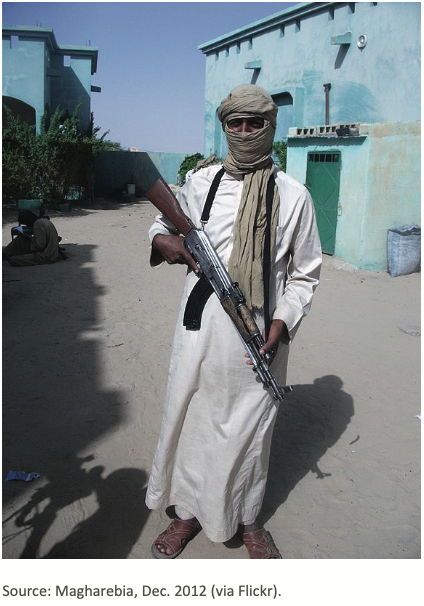
Twenty years after the Islamic jihadist attacks on 9/11, and amidst the perception that such terrorism has waned, “there is a significant risk of jihadi resurgence,” writes Colin Clarke in the CTC Sentinel (September), the publication of the Combating Terrorism Center based at the U.S. Military Academy at West Point. Most terrorism specialists acknowledge that global jihadist movements like Al Qaeda and the Islamic State are considerably weaker than they were two decades ago, and that significant and effective counterterrorism measures have been implemented in much of the West. But Clarke writes that the “Taliban takeover of Kabul in the late summer of 2021 has prompted a reevaluation of the threat.” While the Pentagon had assessed that groups such as Al Qaeda might be able to “regenerate” and pose a threat to the U.S. within two years, officials now believe that jihadists can regroup and grow much faster than expected. According to Clarke, the idea that global jihadism is a problem that is being managed rather than a growing threat capable of producing serious destruction is still widespread among many who do not recognize the “determination of a movement that has grown in size, sophistication and geographic expanse and looks wholly different than it did merely two decades ago.”

But he notes that there have been losses as well as gains in the fortunes of jihadists. What is called “lone actor” jihadism peaked in 2017 and leveled off between 2018 and 2020, partly because of Covid-19, but also due to the loss of the caliphate and the ability to promote the cause to recruits. While the “operational tempo” of jihadist groups has declined in recent years, “various affiliates have become more active while others have become semi-dormant.” This decentralization of jihadism, especially Al Qaeda, can be seen in the Sahel region of Africa, where the group successfully married its global agenda to local tribal grievances. Clarke writes that, even if more fragmented, “[t]he global al-Qa`ida network alone, to say nothing of the Islamic State, operates in more countries now than it did on September 11, and can call upon nearly 20,000 fighters.” The localization of jihadism means that instead of just two main groups, there could be dozens of versions of Al Qaeda and the Islamic State, “each capable of growing into a more widespread conflagration.” The shift to local control has also split and weakened Al Qaeda in several cases, and it can blur the line between terrorists and local political leaders. At the same time, this local turn can lend these groups durability and longevity. Clarke writes that the viability of jihadism “rests on the outcome of the ongoing struggle within Islam between moderate Muslims and radicals.”
Within jihadism, the conflict between the Islamic State and Al Qaeda continues and may intensify with the Taliban’s return to power in Afghanistan. But in an analysis published by Stratfor (September 17), Charles Thorson writes that the Taliban’s victory will provide a significant propaganda victory for global jihadist groups, while the long-term outlook is much less certain and will partly depend on how much emphasis the Taliban puts on ideology in dealing with foreign groups. Among competing jihadist movements, Al Qaeda should be the primary beneficiary of the Taliban’s victory due to its historic links with the group. Even before Al Qaeda’s General Command issued a statement praising the Taliban victory, its affiliates in the Arabian Peninsula, Somalia, and North Africa had already done so. According to a recent UN Security Council report, less than 1,000 Al Qaeda members are still staying in Afghanistan. While the Taliban fought only a national struggle and have pledged not to let their country again become a haven for foreign terrorist groups, they are not of one mind in their assessment of foreign jihadist activities, with more hardline members being sympathetic to international jihadism and at risk of switching to competing radical groups depending on developments.
According to Thorson, “the group will prioritize maintaining its ideological cohesion, and … at least in the near term, Al Qaeda will likely be safe from a major crackdown.” The risk thus is that Al Qaeda will be able to reconstitute its capabilities, drawing on foreign fighters in Afghanistan to refill its ranks. Also present in Afghanistan, where it attracted disaffected Taliban fighters, the Islamic State is opposed both to the Taliban—whose religious credentials it questions—and to Al Qaeda. It cannot capitalize much on the Taliban’s victory and might actually engage in low-level insurgency and attacks against them. Thorson concludes that its best opportunity to recruit “would come in the event the Taliban substantially moderated and took substantive action to counter Al Qaeda and other jihadist groups in Afghanistan, which would push more radical members to defect” to the Islamic State.
(CTC Sentinel, https://ctc.usma.edu/september-2021; Stratfor, https://worldview.stratfor.com)